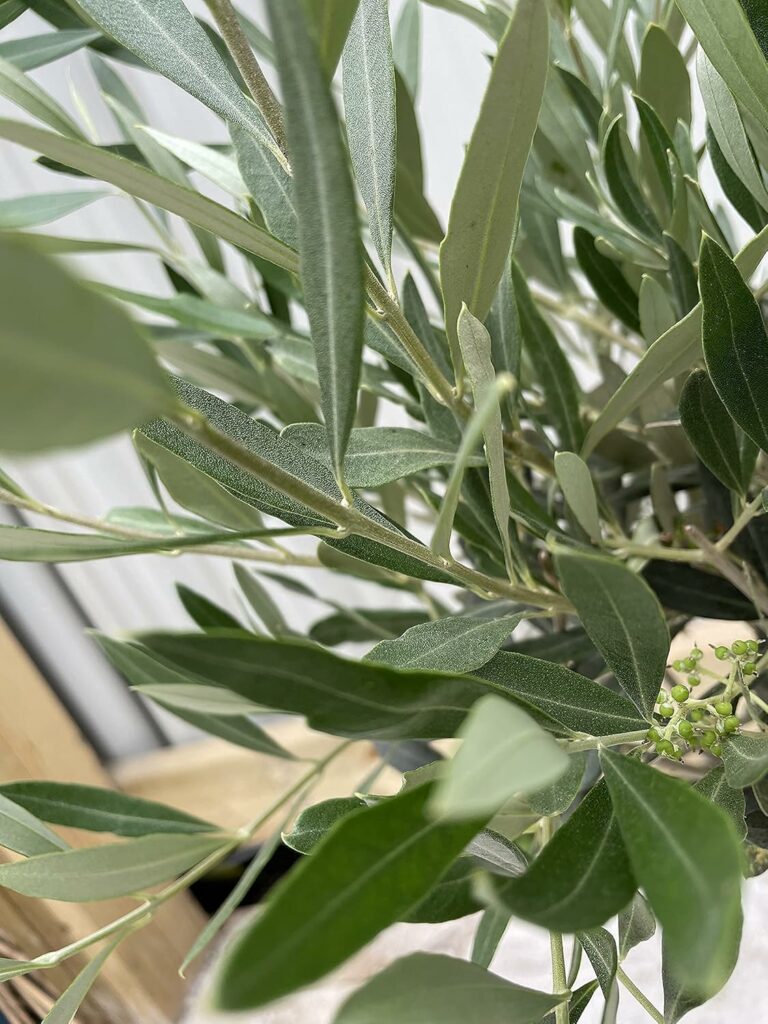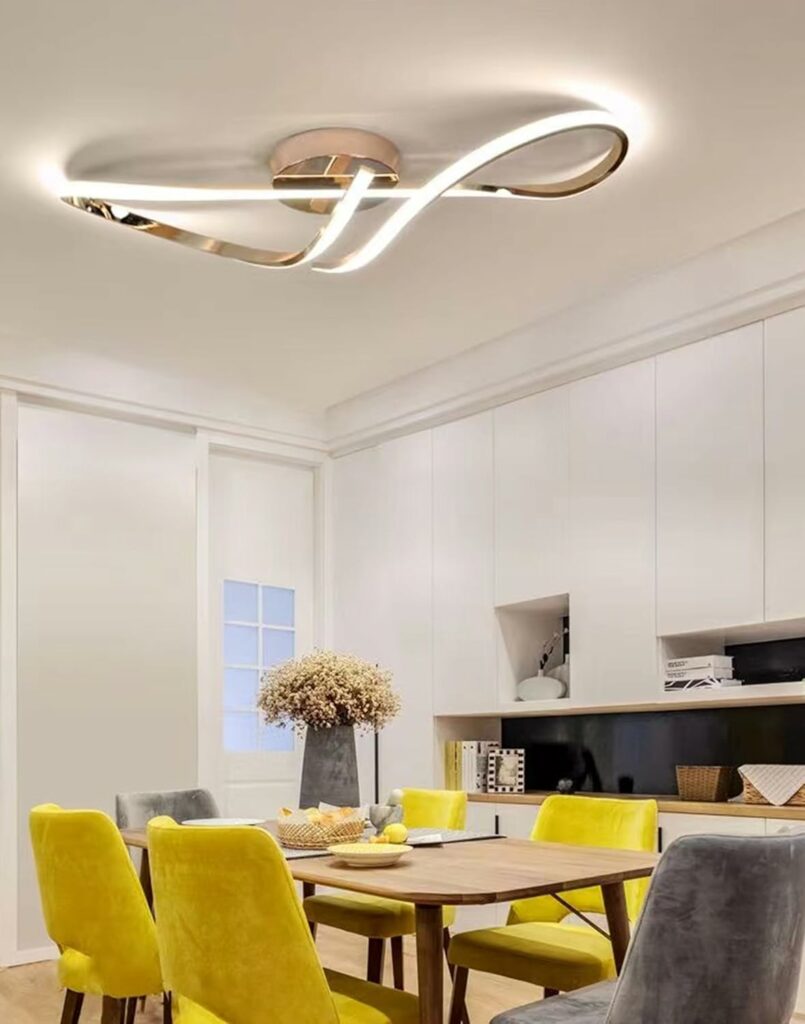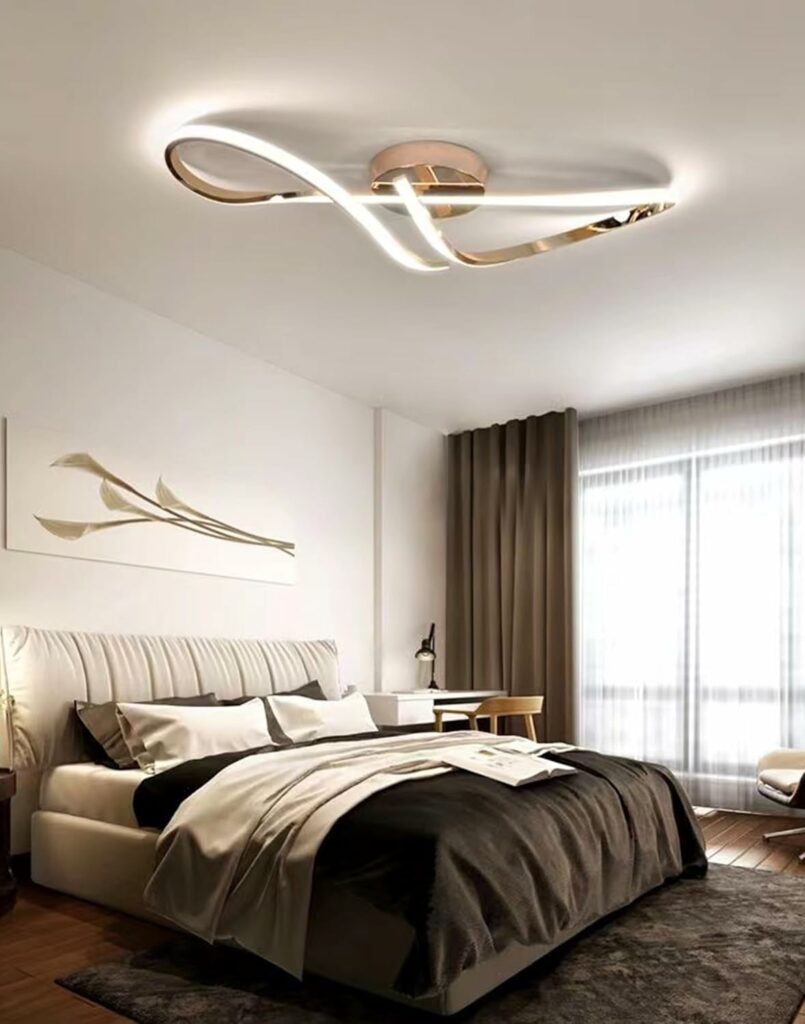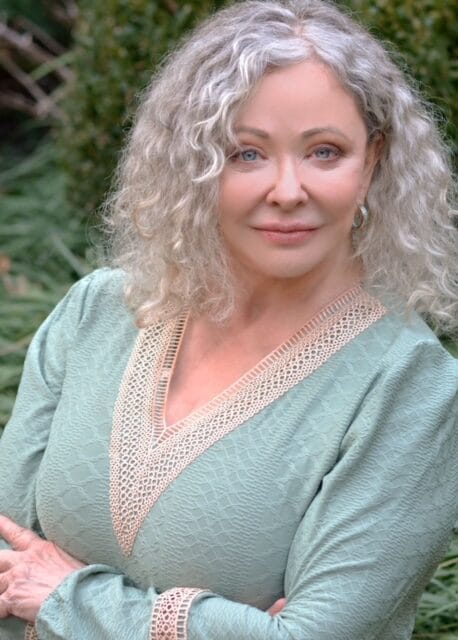5 Science of Colour Psychology Tips to Rappel Narcissists and Attract Positive Energies
Colours are more than just aesthetic choices—they are tools for survival when living with a narcissist. We curated 5 tips backed by the science of colour psychology to rappel narcissists and attract positive energies.

Living with a narcissist can feel like navigating a psychological minefield. Narcissistic behaviour drains energy, undermines self-worth and can leave you feeling powerless. However, there’s an often overlooked tool that can help restore balance and invite positive energy into your life: the science of colour psychology to rappel narcissists, uplift your mental state, create a sanctuary of positive energy and start healing amidst the chaos of narcissistic dynamics.
The Science of Colour Psychology
Colour has long been recognized as a powerful tool in shaping our emotions, thoughts, and well-being. Various studies in colour psychology show how different shades influence our brain chemistry, emotions, and even physical health. For instance, a recent study published in Frontiers in Psychology revealed that colours like blue and green have a calming effect, while red and yellow are more stimulating. These effects can help you regain your sense of control and inner peace.
Colours interact with our brain through the hypothalamus, the part of the brain that regulates mood, emotions and stress responses. Exposure to certain hues can reduce stress levels, enhance creativity, and boost overall well-being, crucial when in toxic emotional environment, dealing with the manipulation and emotional volatility associated with narcissistic relationships.
The Impact of Colors on Well-being
Here’s how specific colours can attract beneficial energies, helping you cope with the emotional challenges of living with a narcissist:
1. Blue for Calm and Tranquillity
Blue is universally associated with calmness, peace, and stability. A study conducted at the University of Sussex found that exposure to blue environments decreased stress by lowering blood pressure and heart rate. For someone living with a narcissist, where emotional tension is frequently high, incorporating blue in your surroundings—whether in walls, furniture or decor—can bring a sense of tranquillity.
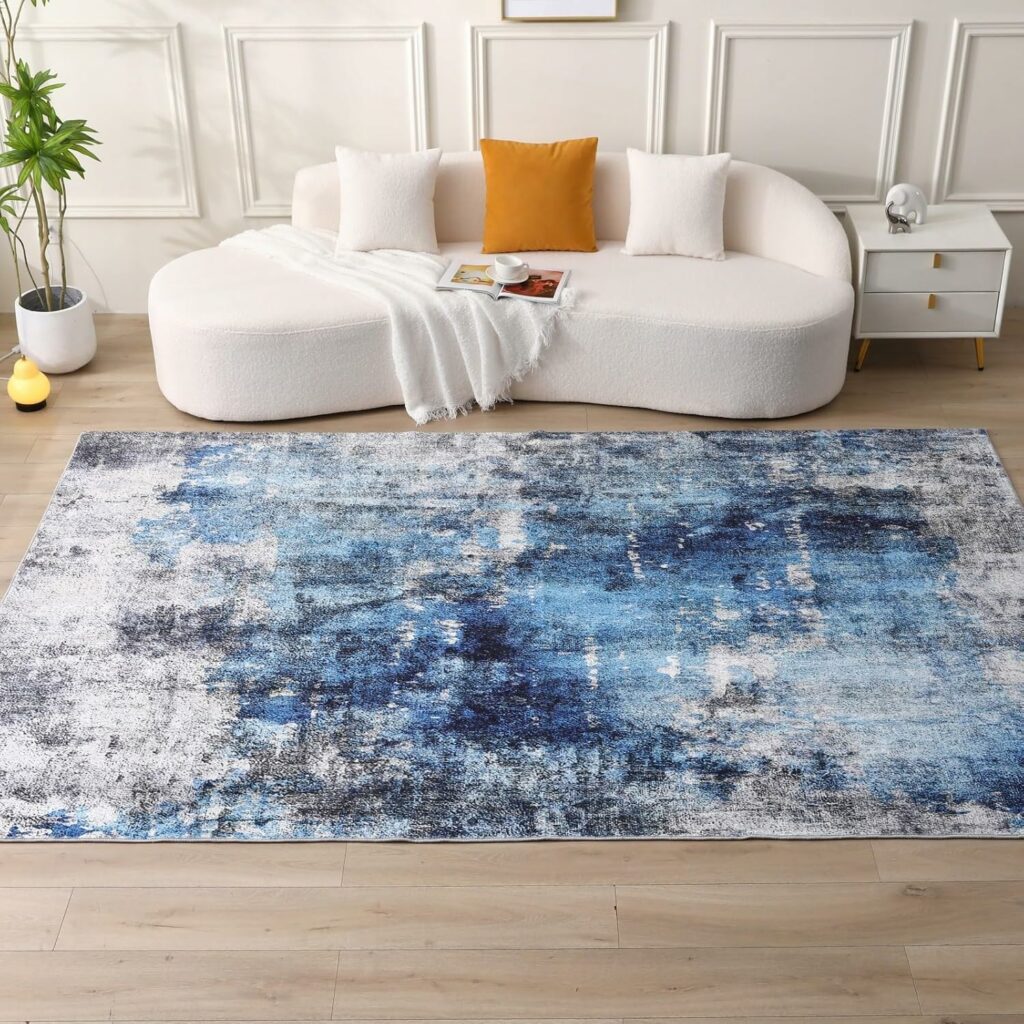
Try adding shades of sky blue or soft pastels in spaces where you retreat for self-care. Blue also promotes mental clarity and communication, which can be helpful in navigating emotionally charged situations.
2. Green for Renewal and Balance
The colour green is linked to nature, growth, and renewal. Psychologically, green has been shown to reduce anxiety and foster a sense of balance and harmony. According to a study published in the Journal of Environmental Psychology, individuals exposed to green spaces experienced a significant reduction in stress levels. Since living with a narcissist often leads to feelings of emotional depletion, incorporating green elements into your home can help recharge your mental and emotional batteries.
Introducing plants or nature-inspired artwork in various shades of green can bring the healing energy of nature indoors. Surrounding yourself with green also fosters patience, a virtue you’ll need when living with a person prone to emotional manipulation and control.
3. Yellow for Positivity and Self-Esteem
Yellow is the colour of sunlight, optimism, and joy. Research published in Color Research & Application suggests that yellow can boost mood and self-esteem, which can be critical for someone enduring the emotional invalidation typical of narcissistic behaviour. Narcissists often seek to erode your confidence, but the right environment can help counteract these effects.
To harness the power of yellow, use this colour in spaces where you need an emotional lift, such as your kitchen or living room. However, use yellow in moderation—while it can energise, too much yellow can also create feelings of anxiety.
4. Purple for Spirituality and Protection
Purple has a deep connection with spirituality, wisdom, and protection. In colour psychology, purple is often associated with emotional healing and heightened intuition. A narcissist thrives on confusing and distorting your sense of reality. Integrating purple into your environment—through artwork, fabrics, or even lighting—can foster a deeper connection with your inner wisdom and help shield you from emotional manipulation.
A 2021 study on colour therapy published in The Journal of Alternative and Complementary Medicine revealed that purple light had a calming effect on individuals exposed to chronic stress. In this way, purple can serve as a protective, healing force in your environment.
5. White for Clarity and Emotional Cleansing
White symbolises purity, clarity, and new beginnings. Narcissists often create an atmosphere of confusion and emotional chaos, leaving you feeling overwhelmed. Surrounding yourself with white or neutral tones can help clear mental clutter and invite a sense of order and emotional release.
A study published in Applied Cognitive Psychology found that people in white or light-coloured environments had better concentration and focus, making white an excellent choice for workspaces or personal areas where you need to focus on healing and self-care.
How to incorporate colour to attract positive energies
To harness the power of colours, be intentional about how you incorporate them into your living space. Here are a few tips to help you create a healing environment when living with a narcissist:
1. Colour Zones
Create designated areas in your home for specific emotional needs. For instance, use blues and greens in your bedroom for rest and relaxation, yellows and oranges in social spaces to boost positivity, and purples in meditation areas to deepen spiritual connection. This division of colour allows you to access the right energy for each situation.
2. Natural Elements

Incorporate natural elements like plants, flowers, and stones that carry healing colors. For instance, green plants can bring calming energy, while amethyst stones (purple) are known for their protective properties.
3. Colourful Art and Decor
If painting walls or changing large furniture pieces feels overwhelming, start with smaller decor elements. Incorporate coloured throw pillows, blankets, rugs, and artwork that reflect the energy you wish to cultivate.
4. Lighting
Lighting plays a critical role in colour perception. Use warm lighting to enhance the calming effects of cool colours like blue and green, while cooler lighting can amplify the energising properties of yellow and orange. LED lights that change colour can help you customise your environment depending on your emotional state.
Scientific evidence behind colour therapy
Chromotherapy, or colour therapy, has been used for centuries to promote healing and mental well-being. In modern times, scientific research supports the notion that colour can influence emotions and psychological states. A 2018 study published in the Journal of Environmental Psychology found that exposure to certain colours influenced cortisol levels—a hormone associated with stress—demonstrating the physiological impact of colour.
A study in Frontiers in Human Neuroscience showed that colour perception is deeply tied to the brain’s emotional processing centres. This means that the colours you surround yourself with can actively shape your mood and energy levels, which is crucial when you’re managing the stress of living with a narcissist.
Building a sanctuary of colour to rappel narcissists
Living with a narcissist can be mentally and emotionally draining, but the creative power of colour offers a potent way to reclaim your personal space and well-being. By thoughtfully incorporating colours that attract beneficial energies, you can create an environment that fosters healing, promotes inner peace, and shields you from negative energy.
Colours are more than just aesthetic choices—they are tools for survival, offering a way to soothe frayed nerves, restore balance and empower you to thrive in an otherwise difficult situation. By harnessing the healing potential of blue, green, yellow, purple and white, you can create a sanctuary of light and positive energy, even in the presence of narcissism’s shadow.
Do you want to share your story and inspire our readers ? Know that YOUR EXPERTISE is paving the way for a fairer, happier society.


